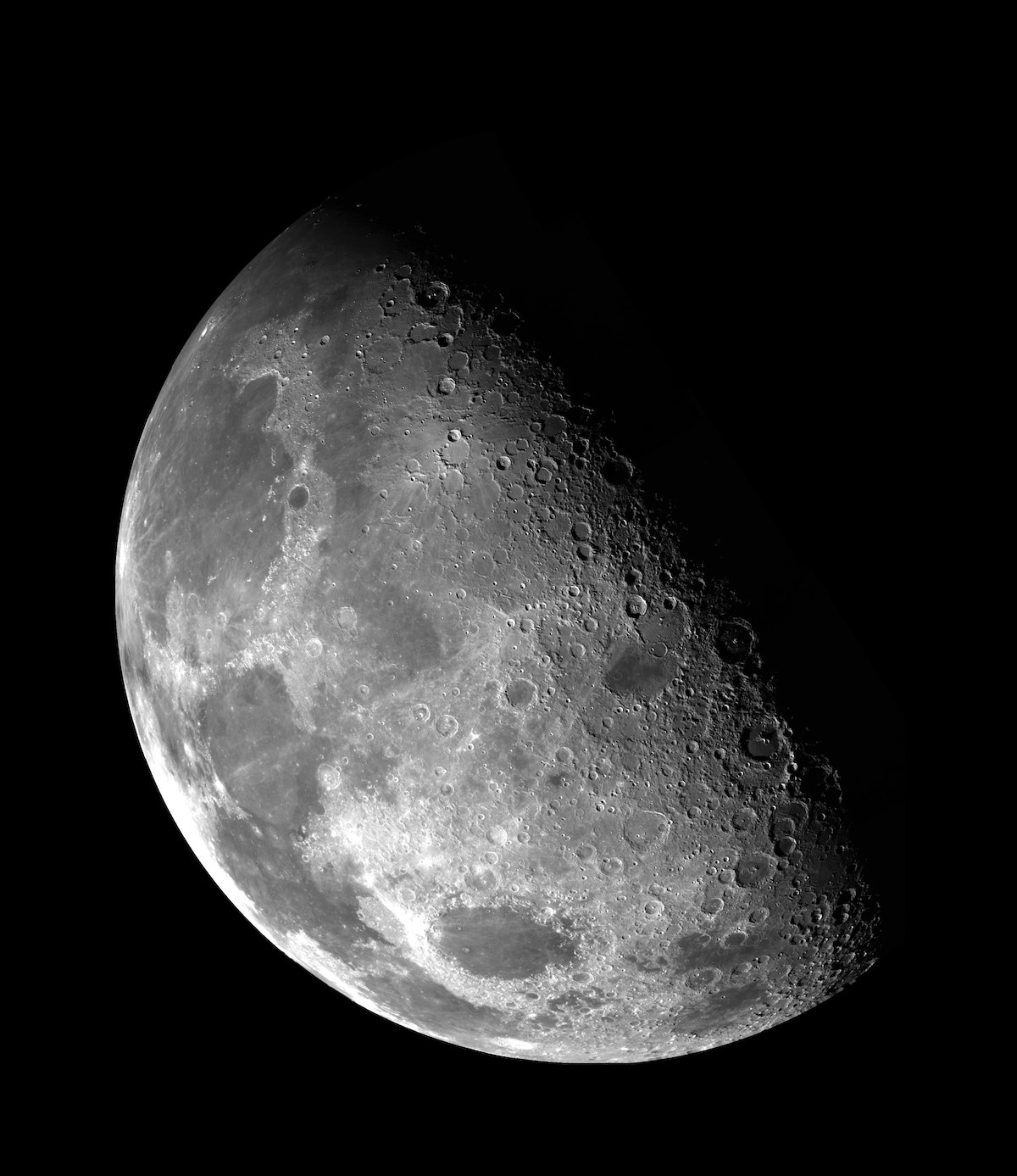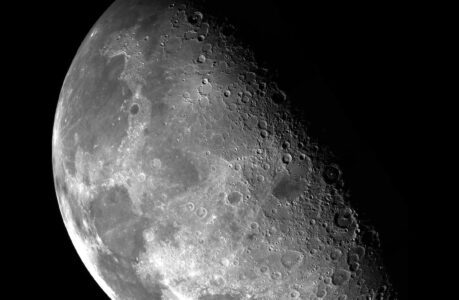The Moon is the Earth’s only natural satellite and the fifth largest moon in the Solar System. It is believed to have formed about 4.5 billion years ago from debris left over after a Mars-sized object collided with the Earth. The Moon has a significant effect on Earth, including controlling ocean tides and stabilising the planet’s axial tilt. Moon exploration began with the Soviet Union’s Luna 1 probe in 1959 and human landing on the moon was achieved by the United States during the Apollo missions in the late 1960s and early 1970s.
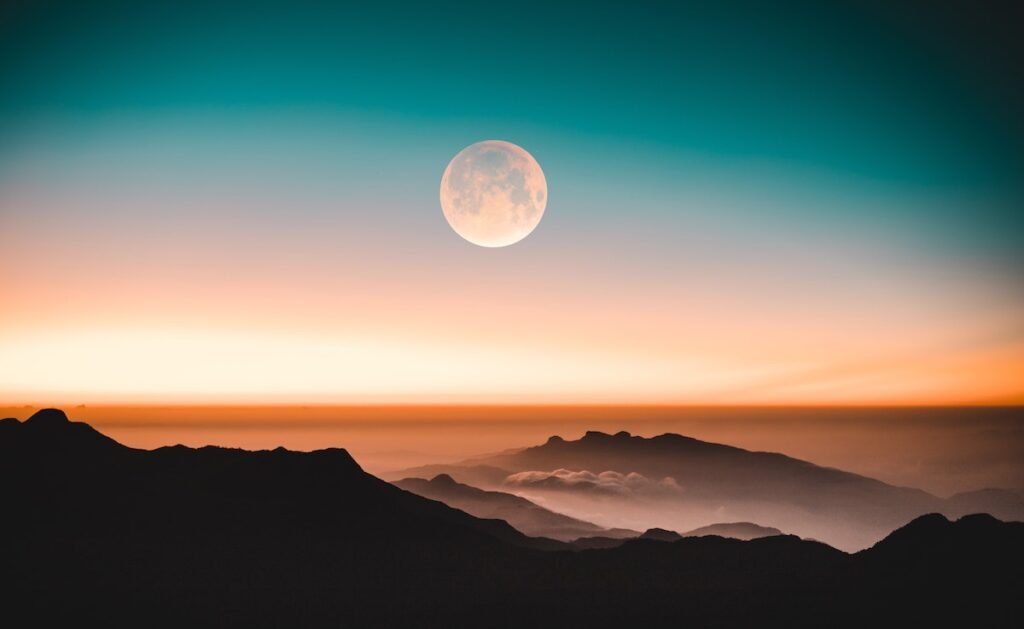
Phases of the moon
The phases of the Moon are the different appearances of the Moon as seen from Earth due to the changing relative positions of the Moon, Earth, and the Sun. There are 8 main phases of the Moon:
- New Moon: The Moon is not visible from Earth as it is between the Sun and Earth.
- Waxing Crescent: A thin crescent shape is visible, with the illuminated part of the Moon increasing each day.
- First Quarter: Half of the Moon is illuminated and appears as a half-circle.
- Waxing Gibbous: More than half of the Moon is illuminated and the shape increases each day.
- Full Moon: The Moon is fully illuminated and appears as a round disk.
- Waning Gibbous: More than half of the Moon is illuminated but the shape decreases each day.
- Third Quarter: Half of the Moon is illuminated and appears as a half-circle.
- Waning Crescent: A thin crescent shape is visible, with the illuminated part decreasing each day.
These phases repeat approximately every 29.5 days, in a cycle called the lunar cycle or synodic month.
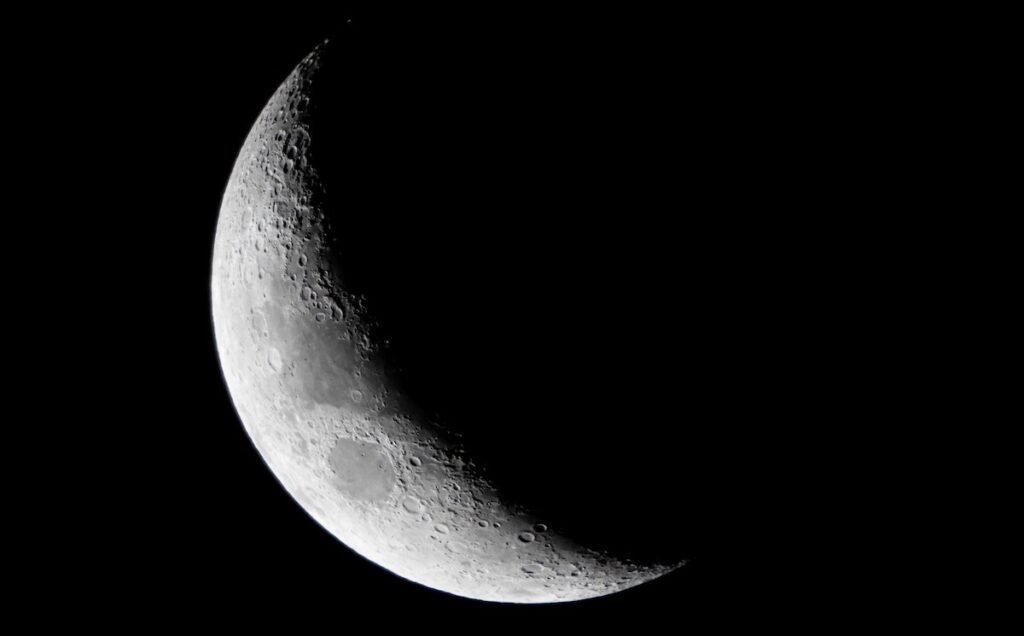
How do the phases of the moon affect astronomy
The phases of the Moon have a significant impact on astronomical observations and events. Some of the ways the phases of the Moon affect astronomy include:
- Observing the night sky: The bright light of the Full Moon can make it difficult to observe faint objects in the night sky, such as galaxies and nebulae, so astronomers often prefer to observe during the New Moon phase.
- Lunar eclipses: Lunar eclipses occur when the Moon passes through the Earth’s shadow and are best visible during the Full Moon phase.
- Meteor showers: Many meteor showers are best observed during the dark of the Moon, when the bright light of the Moon does not interfere with viewing.
- Tides: The gravitational pull of the Moon on the Earth’s oceans causes tides, and the strength of this pull changes with the phase of the Moon.
- Timekeeping: The lunar cycle has been used for thousands of years to keep time, and many calendars, such as the Islamic calendar, are based on the phases of the Moon.
Overall, the phases of the Moon have a significant impact on astronomical observations and events, and understanding these phases is crucial for the study of astronomy and the exploration of the night sky.
What’s the best way to observe the moon
Observing the Moon can be a fun and educational activity, and there are several ways to do so, depending on the equipment and resources available. Here are some of the best ways to observe the Moon:
- Binoculars or a telescope: Using binoculars or a telescope allows for detailed views of the Moon’s surface features, such as craters, mountains, and valleys.
- Naked eye: Observing the Moon with the naked eye is a great way to appreciate its changing phases and overall appearance in the sky.
- Moon maps or apps: Using moon maps or apps can help identify specific surface features and provide information about the Moon’s current phase and position in the sky.
- Photography: Taking photos of the Moon can be a fun way to capture its beauty and detail, and can be done with a simple point-and-shoot camera or a more advanced setup.
Regardless of the method chosen, it’s best to observe the Moon when it is high in the sky and away from city lights to reduce interference and improve visibility. Also, be aware of the Moon’s phases, as observing during the Full Moon phase can be less ideal due to the bright light.
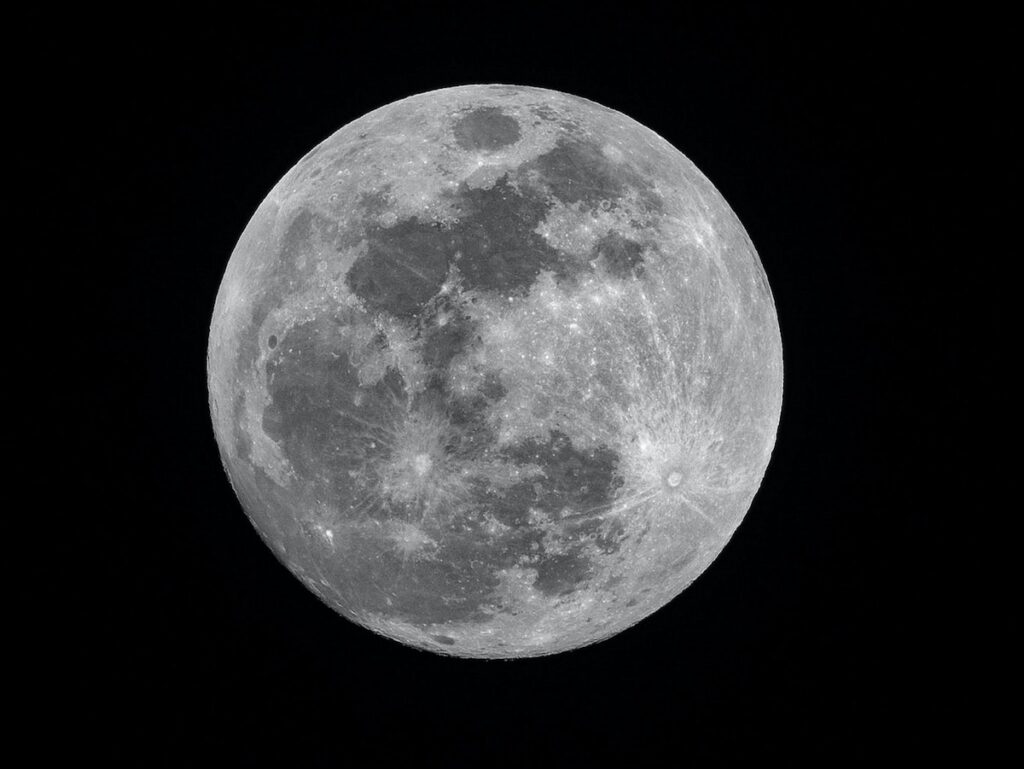
What should I look for on the moon
When observing the Moon, there are several interesting features and details that you can look for, including:
- Craters: The Moon’s surface is heavily cratered from billions of years of impacts by asteroids and comets. Look for circular features of different sizes and depths.
- Mountains and valleys: The Moon has several large mountain ranges and deep valleys, created by volcanic activity and tectonic forces.
- Lunar maria: The “seas” on the Moon, the dark, flat areas, are actually ancient volcanic flows that filled impact craters.
- Lunar shadows: Shadows cast by mountains and craters can be seen on the surface of the Moon and can change with the angle of the Sun.
- Impact rays: The bright lines radiating from impact craters are made of material thrown out from the impact.
- Lunar phases: Observe the changing phases of the Moon, from New Moon to Full Moon, and watch how the amount of illuminated surface changes.
- Lunar terminator: The line between the illuminated and dark parts of the Moon is called the terminator and provides a stark contrast between the light and shadow on the surface.
These are just a few of the many interesting features and details to look for when observing the Moon. With a bit of practice and some basic knowledge, you can gain a deeper appreciation for our nearest celestial neighbour.
What are the top 5 locations on the moon
Here are the top 5 most interesting locations to observe on the Moon:
- Tycho Crater: Tycho is a large, well-preserved impact crater located near the Moon’s southern pole. It has bright rays of ejected material that are visible from Earth.
- Copernicus Crater: Copernicus is a well-defined, young impact crater with a central peak and terraced walls. It is easily visible from Earth.
- Aristarchus Plateau: Aristarchus is a high plateau near the Moon’s northwest limb that features bright, fresh craters and a variety of surface features.
- Montes Taurus: Montes Taurus is a mountain range located near the Moon’s eastern limb. It contains several large, well-preserved impact craters and is an interesting location to observe.
- Vallis Rheita: Vallis Rheita is a large, sinuous valley that runs across the Moon’s surface. It was formed by ancient volcanic activity and is a unique feature to observe.
These are just a few of the many interesting locations to observe on the Moon. With a bit of practice and some basic knowledge, you can gain a deeper appreciation for our nearest celestial neighbour.
